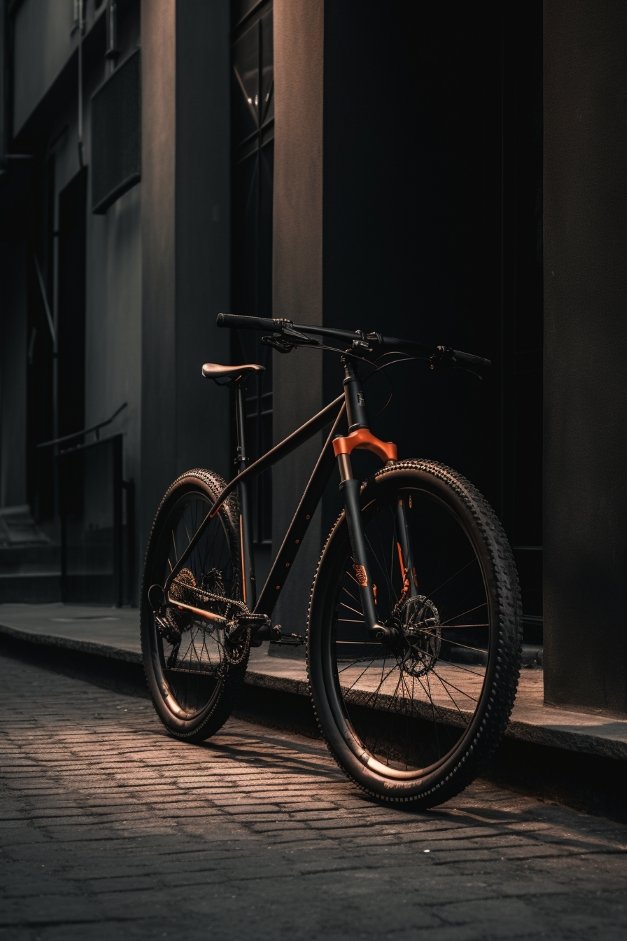Mountain biking is a thrilling and adrenaline-pumping sport, with riders often pushing their limits on challenging trails. Unfortunately, this inevitably leads to wear and tear on the bikes, particularly their frames. In this article, we'll discuss the importance of carbon fibre mountain bike frame protection, the types of protection available, and how to install them effectively.
Importance of frame protection for mountain and gravel bikes
Frame protection kits are essential for preserving your mountain bike's appearance and structural integrity. They safeguard your bike against scratches, dents, and chips that can occur during off-road adventures.
Benefits of frame protection kits
Not only do these kits protect your bike's frame, but they also contribute to maintaining its resale value. A well-protected bike is more appealing to potential buyers, and you'll likely get a better price.
Considerations for bike resale value
When it's time to sell your bike, potential buyers will scrutinise its condition. For example, a bike with a well-maintained frame will command a higher price than one with visible damage.
- Do I need mountain bike frame protection?
Although frame protection is optional, investing in it can be beneficial for safeguarding your bike against trail damage. It helps preserve the paintwork and overall appearance, which can positively impact its resale value. However, it's worth noting that frame protection kits have limitations and may not prevent all types of damage.
- Types of mountain bike frame protection:
- Bike-specific kits:
Brands like Invisiframe and Ride Wrap offer tailor-made protection kits for specific bike models. These kits provide the best fit and maximum protection for your bike's frame.

- Generically shaped tapes:
Another option is using generically shaped tapes from brands like Dyedbro. However, these tapes require alterations and trimming to fit your bike's frame correctly.
III. Heli Tape:
Originally designed for helicopter rotor blades, Heli Tape is an adhesive tape that can also be used as an alternative to bike-specific kits. While it offers protection, it's important to consider its durability and protective properties compared to other options.
- Minimal frame protection options:
For riders on a budget or looking for a DIY solution, using old inner tubes, tape, or zip ties can provide some protection. Additionally, chainstay protectors are available to guard the chainstay area against chain slaps and potential damage.
- Installation of mountain bike frame protection:
- Prepare the work area: Set up a clean and clutter-free space to work on your bike.
- Clean the frame: Thoroughly clean the bike frame, removing any dirt, grease, or debris.
- Wet the area and apply the panel: Dampen the area where the protection panel will be applied, and peel off the backing from the panel.
- Place the panel and align it accurately: Carefully position the panel on the frame, ensuring it's aligned correctly.
- Squeegee the water away from under the panel: Use a squeegee or similar tool to remove water trapped beneath the panel.
- Repeat the process for the rest of the frame: Apply protection panels to all areas requiring coverage.
- Dry the frame and secure the edges: Wipe down the frame and ensure the edges of the panels are firmly secured.
- Allow the adhesive to bond properly: Give the adhesive ample time to bond before using your bike.
- Tips for easier installation:
- Work in a warm environment: A warm workspace helps the adhesive bond better to the frame.
- Use baby shampoo/water to peel away sections: Mixing baby shampoo with water makes it easier to peel away and reposition panels during installation.
- Use a hairdryer to bond non-sticking edges: Applying gentle heat with a hairdryer can help secure edges that aren't sticking to the frame.

Conclusion
Carbon fibre mountain bike frame protection is a worthy investment for preserving your bike's appearance and structural integrity. With various options available, riders can choose the type of protection that best suits their needs and preferences. Proper installation is crucial for optimal results, and following the tips in this article can make the process easier and more effective.
FAQs
- Do carbon fibre mountain bikes need frame protection? Yes, carbon fibre mountain bikes can benefit from frame protection, as it helps maintain their appearance and structural integrity while preventing potential damage from off-road adventures.
- Can I use frame protection on other types of bikes? Yes, frame protection can be used on various types of bikes, including gravel, road, and hybrid bikes.
- How often should I replace my mountain bike frame protection? The frequency of replacement depends on the wear and tear your bike experiences. Inspect the frame protection regularly, and replace it when you notice significant wear, peeling, or damage.
- Can I remove the frame protection without damaging the paint? Yes, high-quality frame protection kits are designed to be removed without causing damage to the paint. However, be cautious and follow the manufacturer's instructions when removing the protection.
- Are there any disadvantages to using frame protection? One potential disadvantage is the added weight, although it is generally minimal. Additionally, some riders may not like the look of frame protection on their bikes.





